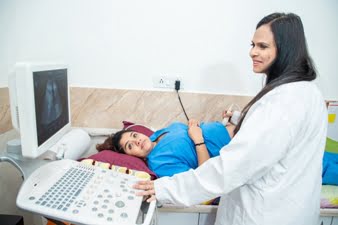Diagnopein USG SINGLE BREAST Centre in Pune

USG Single Breast, also known as breast ultrasound, is a non-invasive imaging technique used to examine breast tissue. It helps in the evaluation of any abnormalities or changes in the breast, such as lumps, cysts, or other conditions. Unlike a mammogram, which uses X-rays, a breast ultrasound uses sound waves to create detailed images of the breast's internal structures.
USG Single Breast in Pune is a crucial diagnostic tool to assess breast health and detect any abnormalities. At Diagnopein, the best sonography centre in Pune, we offer high-quality ultrasound services for detailed evaluation of the breast tissue. Our expert technicians ensure precise imaging for early detection of conditions like fibroadenomas or tumors. Trust Diagnopein for accurate, reliable results and comprehensive care at the best sonography centre in Pune, committed to your health and well-being.








